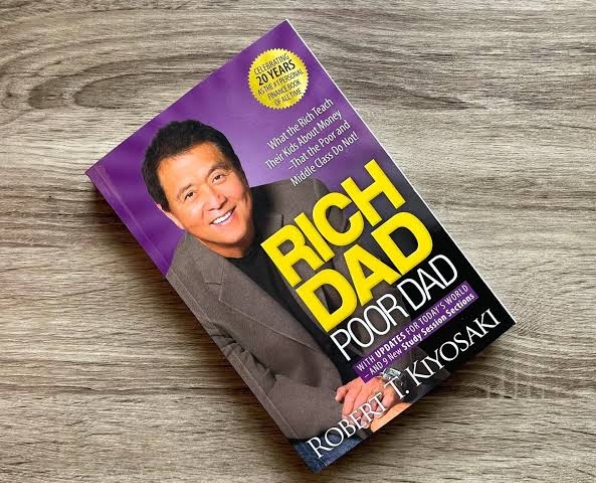
Introduction – The Two Fathers Who Changed Everything
When Robert Kiyosaki was growing up in Hawaii, he had two father figures shaping his views about money.
- His Poor Dad — his biological father — believed in education, hard work, and a stable career. He valued job security, a good paycheck, and benefits.
- His Rich Dad — his best friend’s father — believed in financial education, investing, and creating multiple income streams. He valued assets, cash flow, and freedom.
The advice they gave couldn’t have been more different:
| Poor Dad Said | Rich Dad Said |
|---|---|
| “Go to school, get a good job.” | “Learn how money works and make it work for you.” |
| “Play it safe.” | “Take calculated risks.” |
| “Work for money.” | “Let money work for you.” |
This book isn’t just about money — it’s about escaping the rat race, taking control of your finances, and living life on your own terms.
About the Author – Robert Kiyosaki
Robert Kiyosaki didn’t follow a straight career path:
- Served as a Marine helicopter pilot in Vietnam.
- Sold copiers for Xerox.
- Tried various businesses — some failed, some succeeded.
- Eventually built wealth through real estate and investments.
By the time Rich Dad Poor Dad came out in 1997, Robert was financially free. His mission became teaching financial literacy — something traditional schools often ignore.
The Core Idea – Assets vs Liabilities
If you remember nothing else from the book, remember this:
The rich buy assets. The poor buy liabilities, thinking they’re assets.
- Assets put money in your pocket (stocks, rental property, businesses, royalties).
- Liabilities take money out (mortgages, cars, credit card debt).
The rich focus on growing their asset column. The poor and middle class often grow their liability column, mistaking it for success.
Chapter-by-Chapter Deep Dive with Modern Examples
Chapter 1: The Rich Don’t Work for Money
Rich Dad’s first lesson was that chasing a paycheck traps you in the rat race.
Then: Robert and Mike worked for Rich Dad for free to learn about opportunities instead of chasing wages.
Now: Instead of only working for salary, people build side hustles — freelancing, e-commerce, digital products — to create cash flow.
Action Step: Dedicate 5–10 hours a week to building something that could earn money while you sleep (online course, blog, rental property).
Chapter 2: Why Teach Financial Literacy?
Many high earners still live paycheck-to-paycheck because they don’t understand the difference between assets and liabilities.
Example:
- Buy a luxury car on credit — liability (monthly payments).
- Buy a used car and invest the savings — potential asset (stocks, business).
Action Step: Track every expense for 30 days. Mark each as an asset or liability. Adjust spending to favor assets.
Chapter 3: Mind Your Own Business
Your job is someone else’s business. Your asset column is your business.
Example:
- In 1990, starting a side business meant physical stores.
- In 2025, it could be a Shopify store, YouTube channel, or AI-based digital tool.
Action Step: Keep your day job, but start an income-generating project on the side.
Chapter 4: The History of Taxes and the Power of Corporations
The rich use corporations to protect wealth, lower taxes, and reinvest earnings.
Example in 2025: Freelancers forming an LLC to deduct expenses (laptops, travel, home office) before taxes.
Action Step: Learn about legal business structures in your country and how they can reduce your tax burden.
Chapter 5: The Rich Invent Money
Opportunities are everywhere — but only those prepared can act.
Example: Spotting undervalued NFTs or AI tools in 2021–22 made some people millions. Just like in real estate, it’s about knowing value before the crowd does.
Action Step: Pick one field (stocks, real estate, AI tools) and learn enough to recognize undervalued opportunities.
Chapter 6: Work to Learn — Don’t Work for Money
Choose jobs for the skills they teach, not just the paycheck.
Example:
- Take a job in sales to learn persuasion.
- Work in marketing to learn branding.
- In 2025, even learning prompt engineering for AI tools can be an asset.
Action Step: List 3 skills that will help you earn more. Find ways to learn them on the job or through side work.
Chapter 7: Overcoming Obstacles
Five blockers to wealth:
- Fear – Start small to reduce risk.
- Cynicism – Don’t let “what if it fails?” stop you.
- Laziness – Motivation follows action.
- Bad habits – Pay yourself first.
- Arrogance – Always keep learning.
Action Step: Identify your biggest blocker and create a one-month plan to tackle it.
Chapter 8: Getting Started
Rich Dad’s starter tips:
- Find a strong “why” — emotional fuel for your goals.
- Choose role models.
- Pay yourself first — invest before spending on luxuries.
- Use your assets to buy luxuries, not your salary.
Chapter 9: Still Want More? Here Are Some To-Do’s
- Stop doing what isn’t working.
- Surround yourself with financially successful people.
- Take immediate action on at least one opportunity.
Key Takeaways (with 2025 Applications)
- Assets first, liabilities later — buy your luxuries with passive income.
- Learn financial literacy — in a world of crypto, AI, and side hustles, this is crucial.
- Cash flow is king — aim for income that doesn’t depend on your daily labor.
- Taxes are optional — if you structure right — legal, ethical, smart.
- Your job is not your business — your investments are.
Best Quotes from Rich Dad Poor Dad
- “The poor and the middle class work for money. The rich have money work for them.”
- “An asset puts money in your pocket. A liability takes money out.”
- “It’s not how much money you make. It’s how much money you keep.”
- “The most important asset you can have is your mind. Train it well.”
Common Mistakes People Make After Reading the Book
- Waiting for the “perfect” investment — opportunities rarely look perfect.
- Trying to skip learning — diving into crypto or stocks without understanding.
- Confusing personal spending with investing — a bigger house isn’t always an asset.
Real-World Examples
- Emma, 28: Read the book in 2020, started investing 20% of income in ETFs, now earns $500/month in dividends.
- Jamal, 35: Turned his photography hobby into a $40,000/year side business.
- Sofia, 31: Bought rental property using Rich Dad principles, now financially free.
Rich Dad Poor Dad for the Digital Age
If Rich Dad were alive in 2025, he’d still preach the same principles — but applied to:
- AI tools & automation — creating passive income from software.
- Online courses & content — scalable assets.
- Remote real estate investing — buying and managing property anywhere in the world.
Final Review
Pros: Motivating, easy to read, timeless concepts.
Cons: Not a step-by-step investing manual — you’ll need to do your own research.
Best For: Anyone ready to change how they think about money.
Conclusion
Rich Dad Poor Dad isn’t about getting rich overnight — it’s about building the habits, mindset, and systems that make wealth inevitable.
“The goal is not more money. The goal is living life on your terms.”
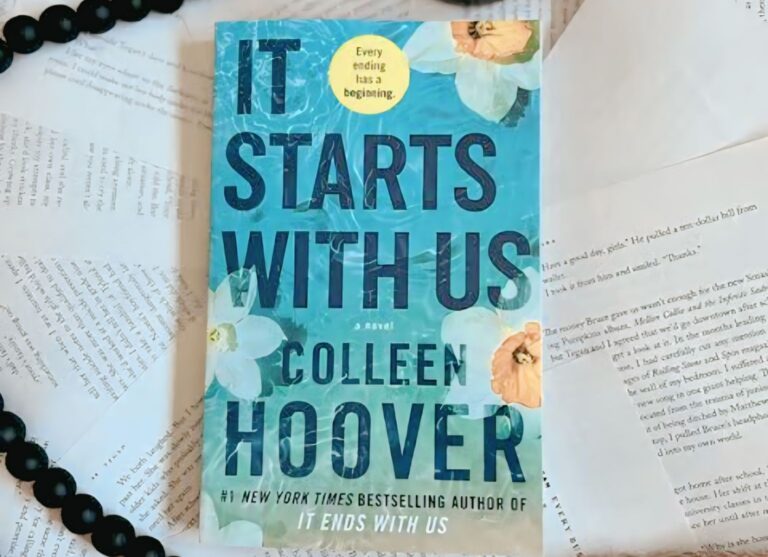
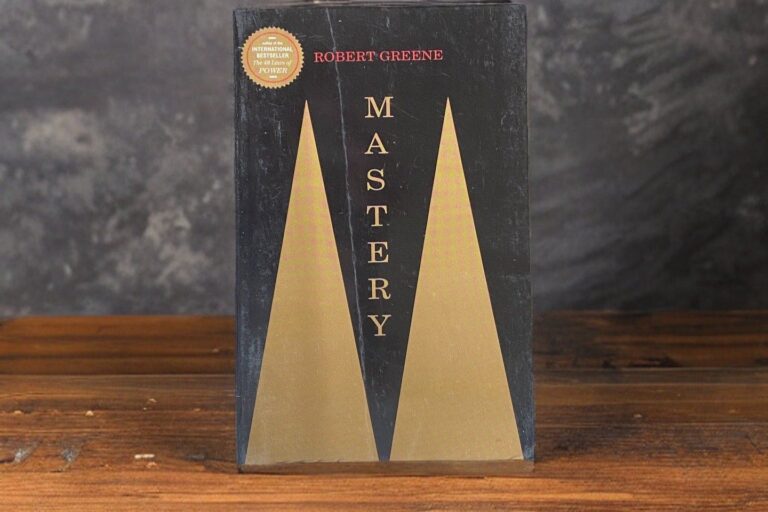
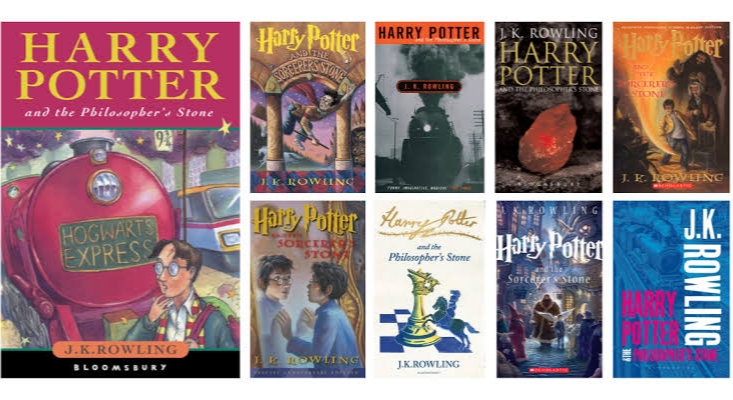


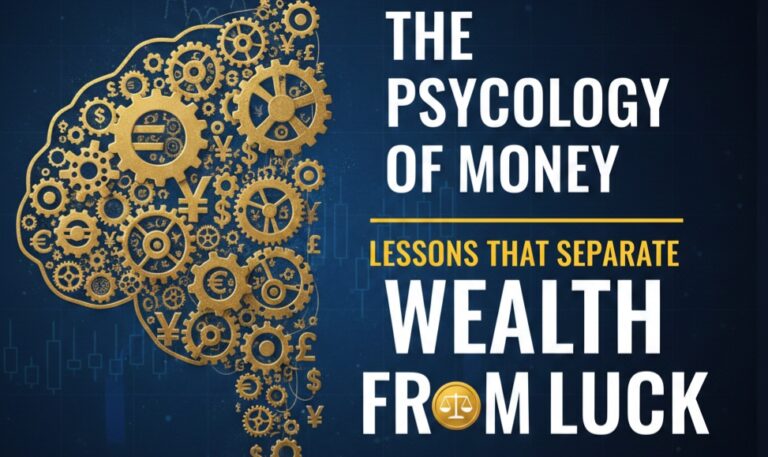

1 thought on “Rich Dad Poor Dad Summary & Lessons 2025 – Key Takeaways & Quotes”